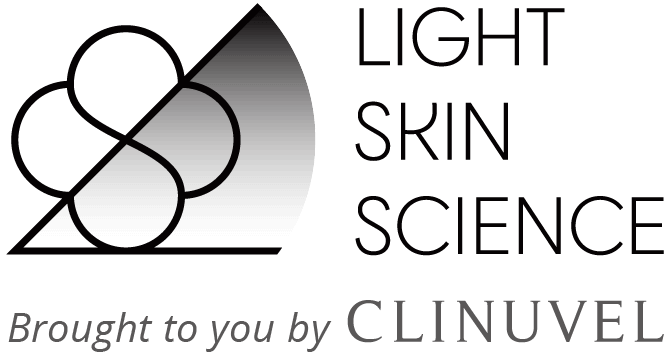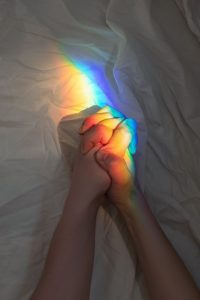Authors: Nneamaka Ezekwe, Jalal Maghfour, Indermeet Kohli
Date Published: 31 March 2022
What did the research set out to achieve?
Until recently, Visible Light (VL) was believed to be relatively harmless to human skin, with research and protective products focussing on the effects of Ultraviolet (UV) light. However, recent research has shown that VL induces more intense and longer-lasting skin pigmentation in people with darker skin. This reaction is made even stronger when combined with the longer wavelengths of UVA light (UVA1). Moreover, the combination of UVA1 and VL has been shown to cause erythema (a skin rash caused by inflammation of blood capillaries) in light-skinned people, which, until recently, was a reaction we attributed to light with shorter wavelengths (UVA2/UVB light) only.
How did they conduct the research?
This paper is an ‘invited review,’ which aims to set out the evolution of knowledge on visible light and skin in a structured way. The authors set out to summarise all of the current research, providing a narrative for the information and everything learned so far.
What were the main takeaways from the review?
This paper looked at the body of research on the effects of VL on human biology. The review summarises these as potential photoageing, erythema and pigmentation, which are exacerbated when combined with UVA1 radiation. The biological effects and the extent of the damage VL causes, are dependent on skin type and so the following recommendations have been made:
- There is a need for the development of products which provide protection for human skin from the light within the UVA1/VL range (photoprotection).
- Testing methodologies and techniques when assessing the effects of VL on human skin should be standardised so that information can be easily shared and understood internationally. This would also allow data sets to be compared easily across different studies.


